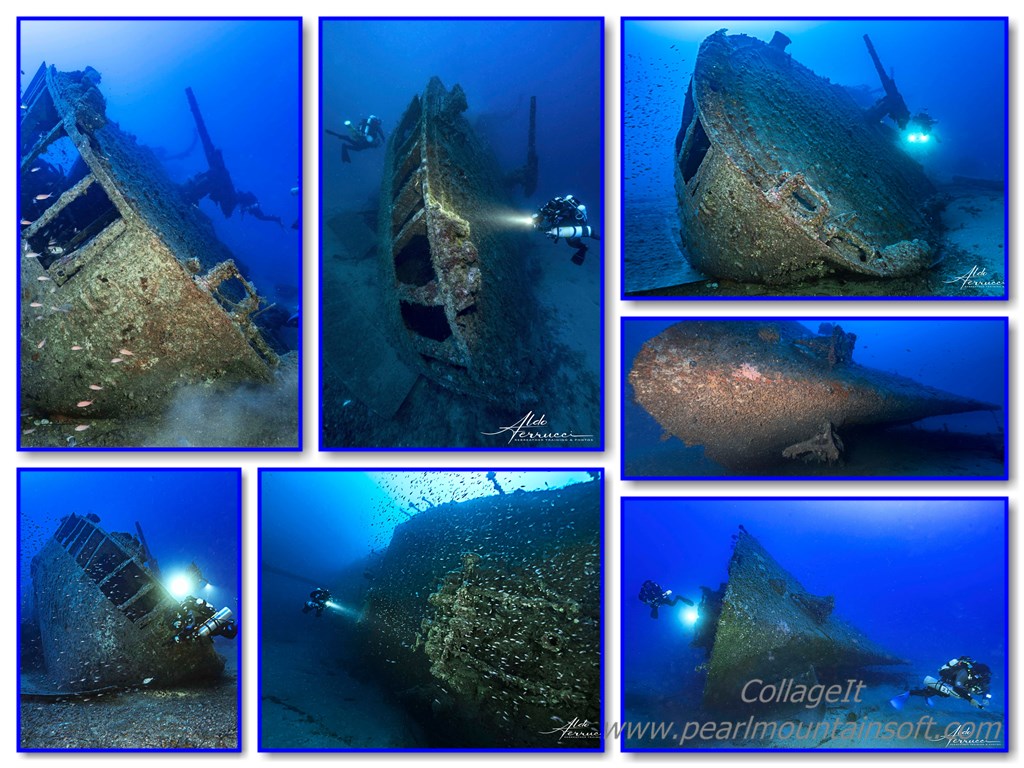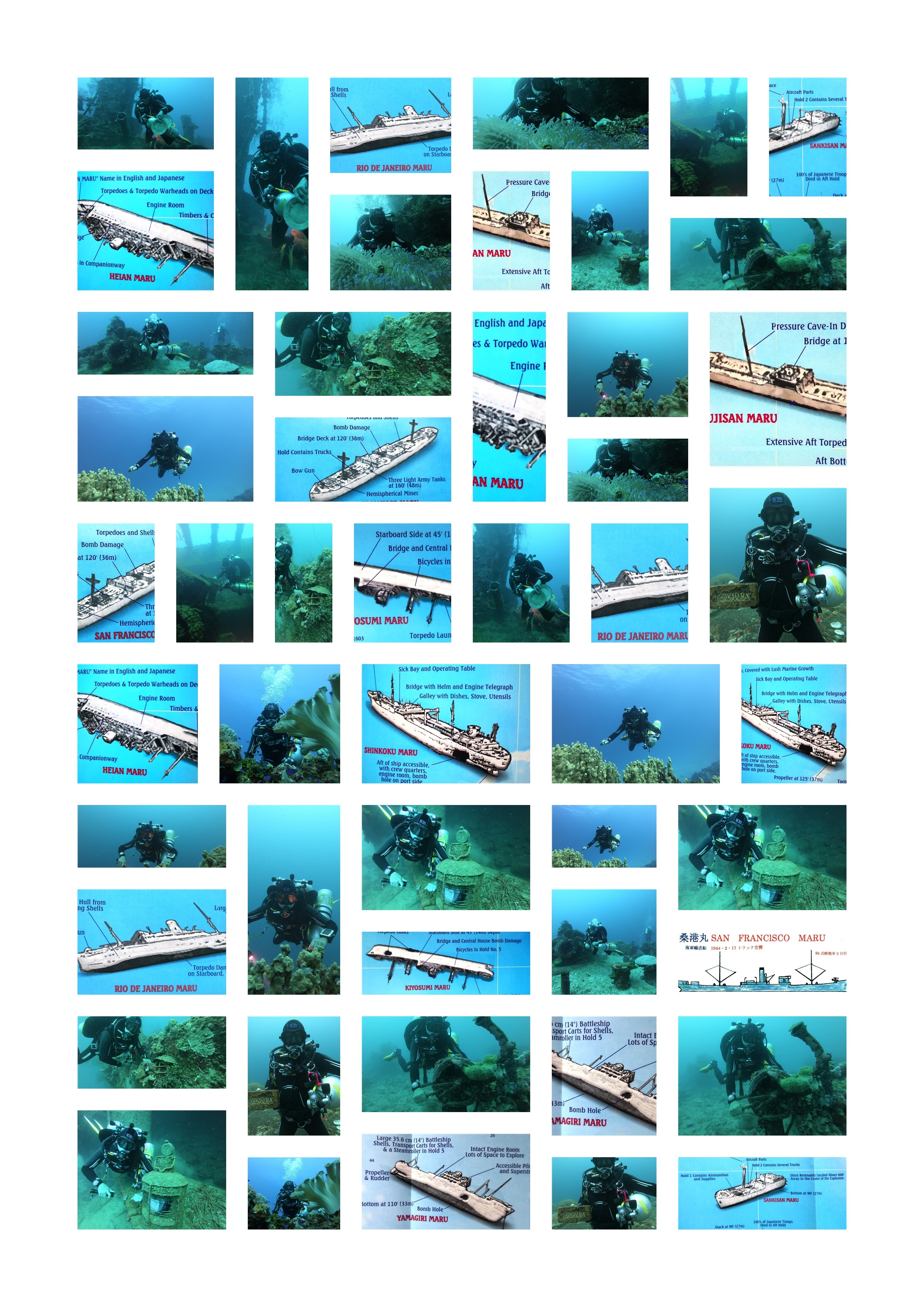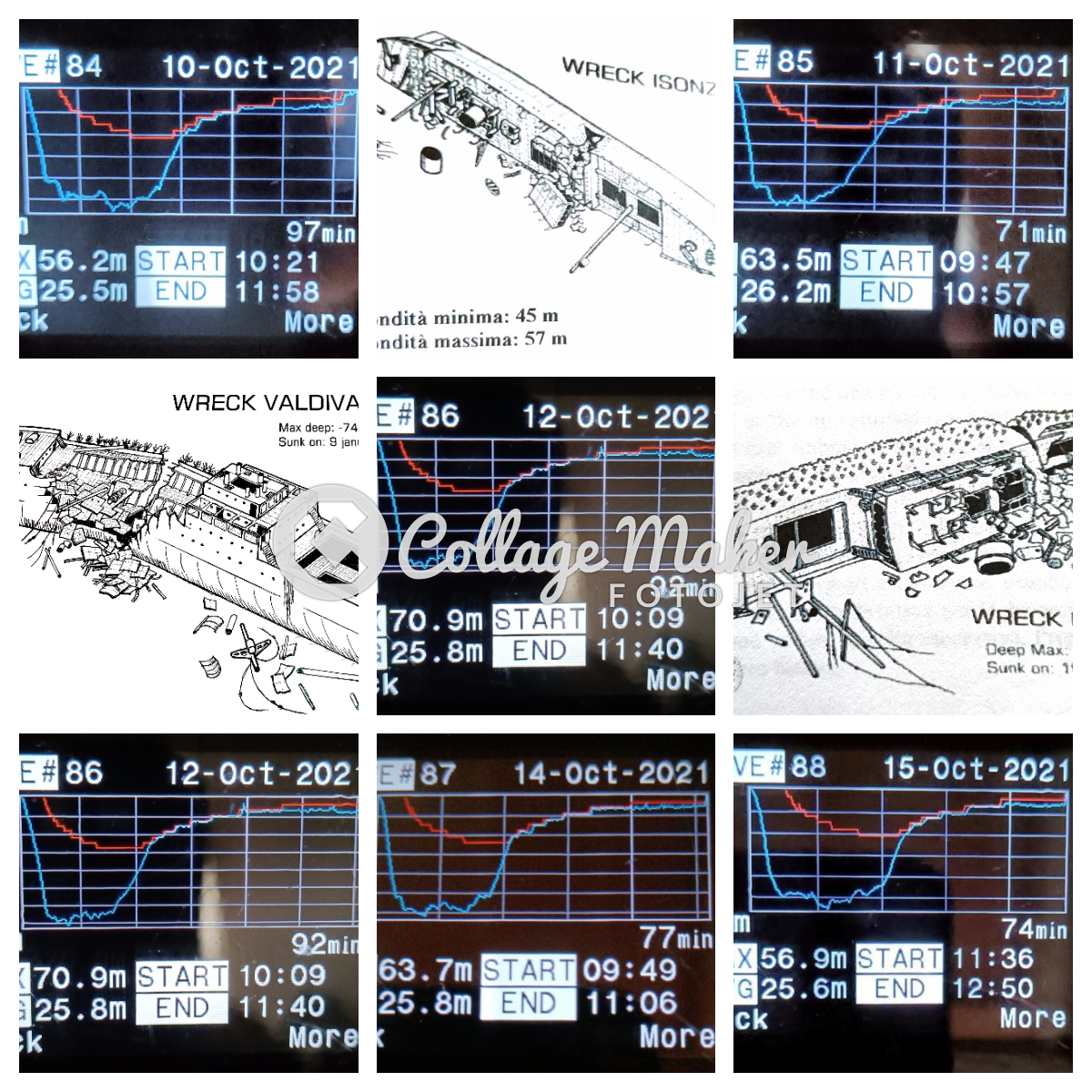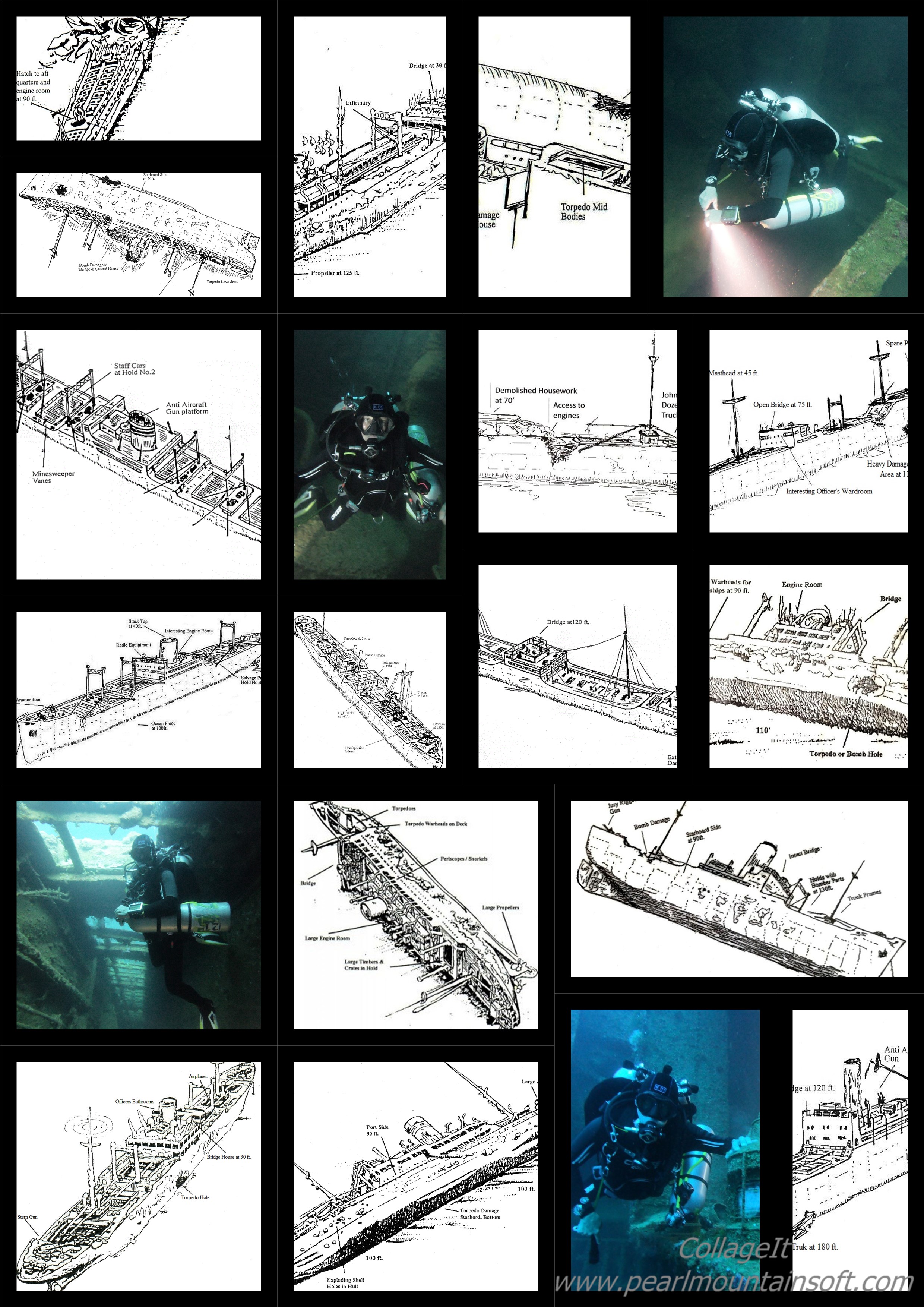|
WRECK DIVING
|
|
Wreck Diving is an exciting way to combine my passion for diving with a truly unusual view of history "Wreck diving" is a type of recreational or technical diving where shipwrecks are explored. Although most wreck dive sites are at shipwrecks, around the world there is an increasing trend to scuttle retired ships to create artificial reef sites. Wreck diving can also pertain to diving to crashed aircraft.
A shipwreck is attractive to divers for several reasons:
|
 |
|
|
There are three categories of wreck diving:
Each succeeding level involves greater risk, and therefore will normally require greater levels of training, experience and equipment.
Non-penetration wreck diving is the least hazardous form of wreck diving, although divers still need to be aware of the entanglement risks presented by fishing nets and fishing lines which may be snagged to the wreck (wrecks are often popular fishing sites), and the underlying terrain may present greater risk of sharp edges.
Penetration within the light zone presents greater hazards due to overhead and greater proximity of the wreck's structure, but because of the proximity of a visible exit point, and some amount of external light, those hazards are more manageable. However, there is clearly a much greater risk of entanglement and siltout inside of the structure, as well as the requirement to move laterally to a defined exit point before one can surface in the event of an emergency.
Full penetration beyond the light zone involves the greatest level of risks, including the risk of getting lost within the structure, the risk of complete darkness in the event of multiple light failures, and the inability to escape unassisted in the event of a disruption to air supply. |
|
These categorizations broadly coincide with the traditional division between "recreational" wreck diving (taught as a specialty course by recreational diver training agencies and normally limited to the "light zone" and/or 100-130 cumulative feet of depth plus penetration) and "technical" wreck diving (taught as a stand-alone course by technical diver training agencies).
|
|
|
|
 |
|
|





